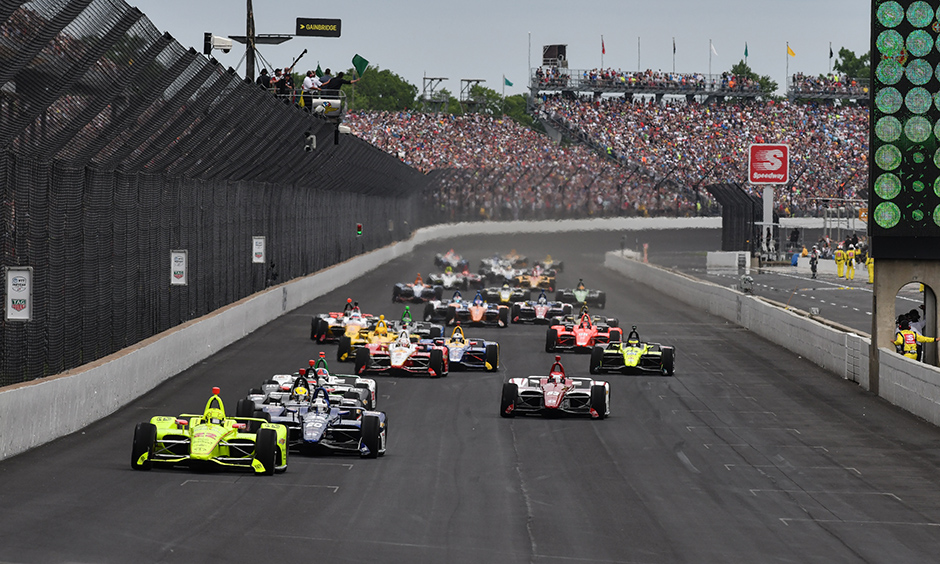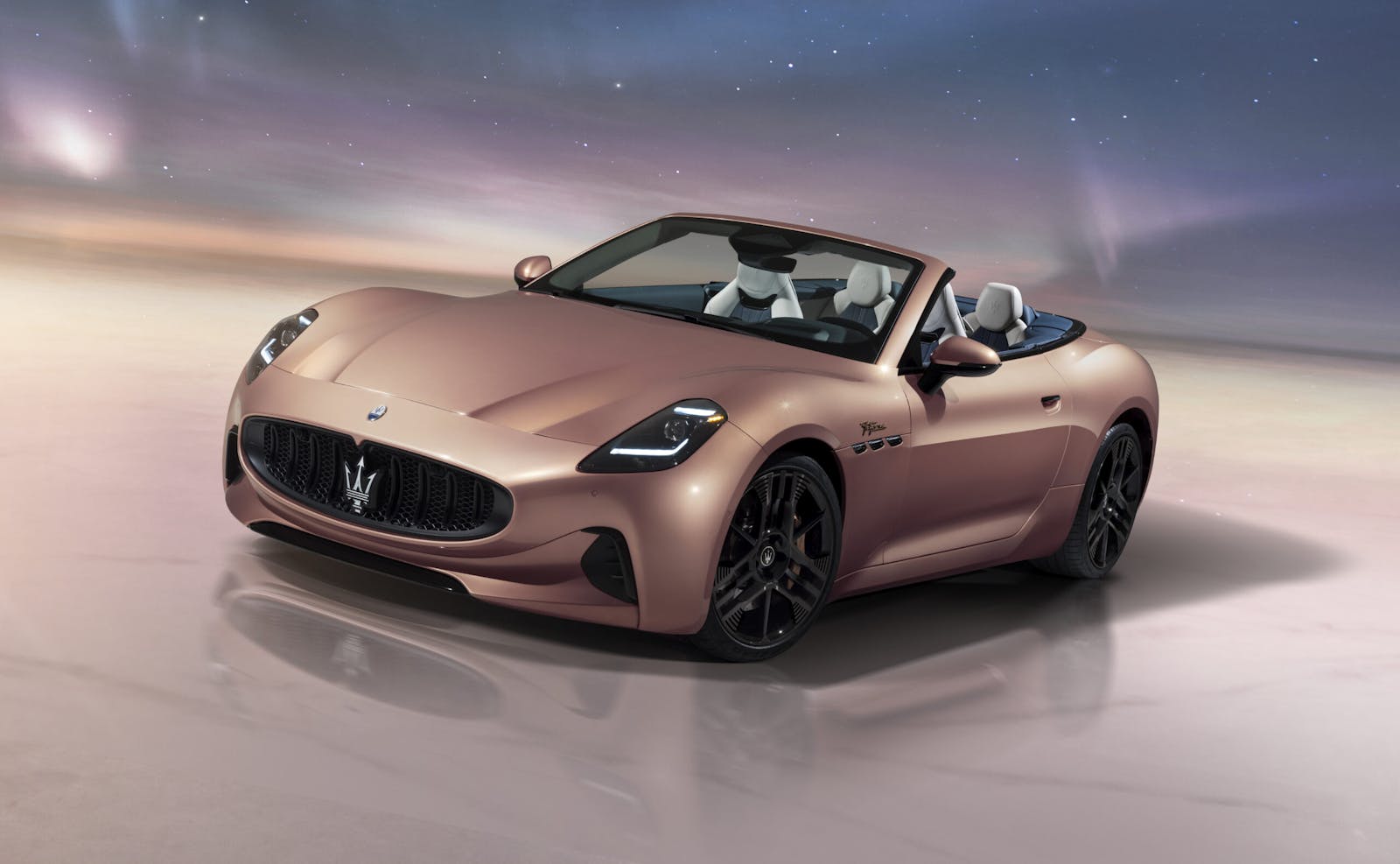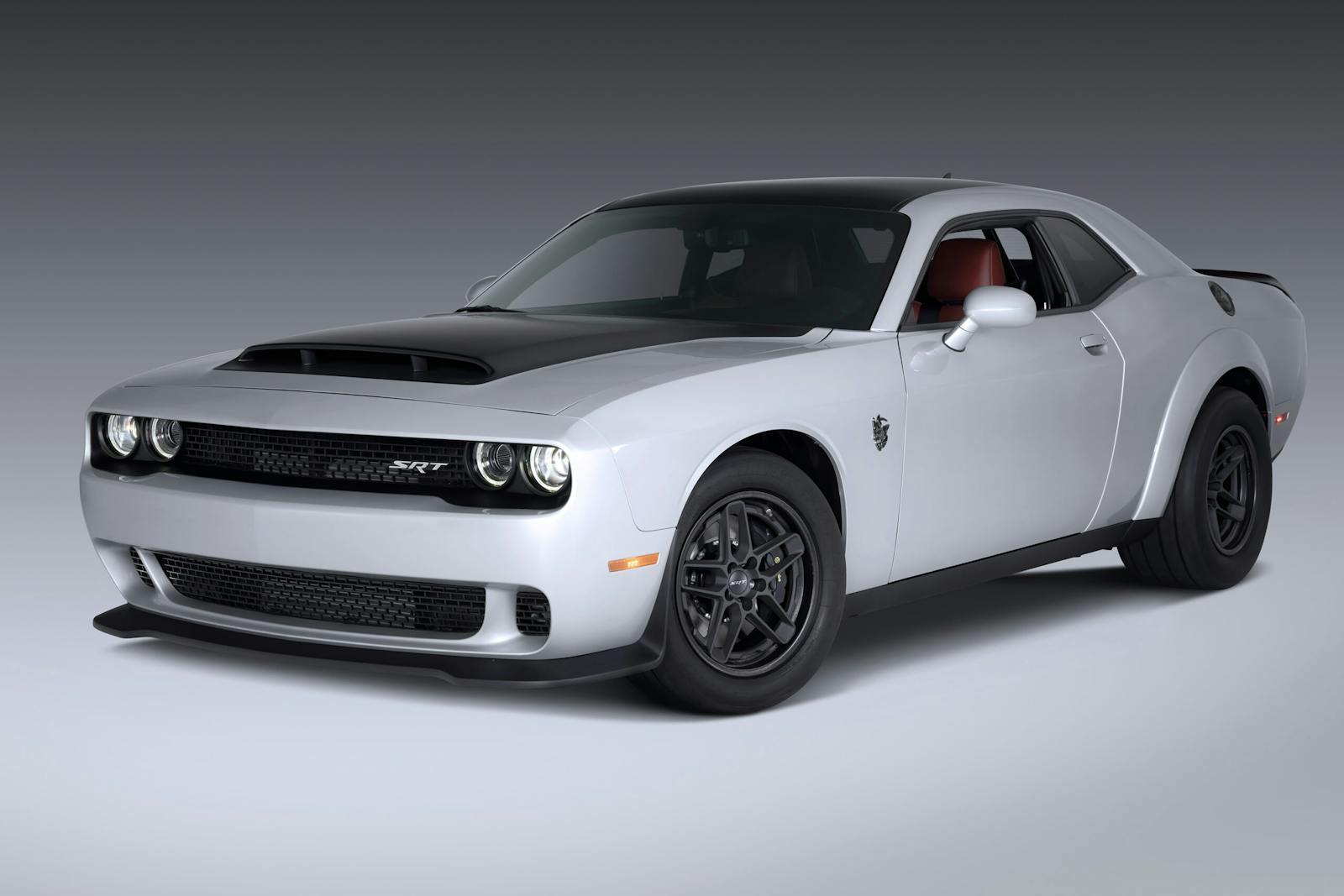IndyCar will go hybrid in 2022
Working with series engine suppliers Chevrolet and Honda, IndyCar will implement a hybrid system in its race car formula for the first time. Hybridization will push the cars’ combined output over the 900-horsepower mark when they debut for the 2022 season of the NTT IndyCar Series, all packaged within a newly spec’d chassis.
IndyCar delayed the introduction of the new engine formula from 2021, hoping to entice other automakers aside from Honda and Chevy to join the series. Following the incorporation of the new hybrid systems, the new regulations will be in place for five years to provide some stability for participating manufacturers.
Though the sanctioning body did not release specific details of the new technology, it did say that the hybrid system will feature a multi-phase alternating-current electric motor; a regenerative system to recover energy while braking; an as-yet-unidentified energy storage system; and an inverter to convert the recovered direct-current to AC. The hybrid system will be integrated into IndyCar’s “push-to-pass” system, which currently allows drivers to increase passing power for up to 200 seconds per race. It is unclear whether that time limit will change. The electric motor will also be used for starting the cars, replacing the hand-held electric starters IndyCars have used for generations.
While this is the first time that IndyCar has embraced electrification, Formula 1 teams have used various forms of Kinetic Energy Recovery Systems for a decade now. A variety of energy storage technologies have been used so far in F1’s KERS, ranging from batteries and flywheel systems to supercapacitors. We don’t yet know just how IndyCar’s hybrid system will store its power; but since series will use a single vendor for the system, there won’t be the same spectrum of variations we’ve seen in F1.
IndyCar expects the hybrid system to yield faster pace and condense overall race time, as part of an effort to improve the fan experience. The concern over race length likely relates to the changing habits of distractible television viewers, who now have more choices than ever. Major League Baseball is also trying to shorten the duration of its games to retain viewership.
The organization also anticipates that the new hybrid system will make races safer. Since drivers will have the ability to restart stalled cars, there will be fewer incidents involving stationary cars on the track, less exposure for the safety teams (that will no longer have to manually restart the cars), and a reduced number of yellow caution flags and subsequent dangerous restarts of the race.
A faster, more consistent race pace and fewer yellow flags should fan the flames of what IndyCar fans already love—good wheel-to-wheel racing. We’ll find out for sure in 2022.


